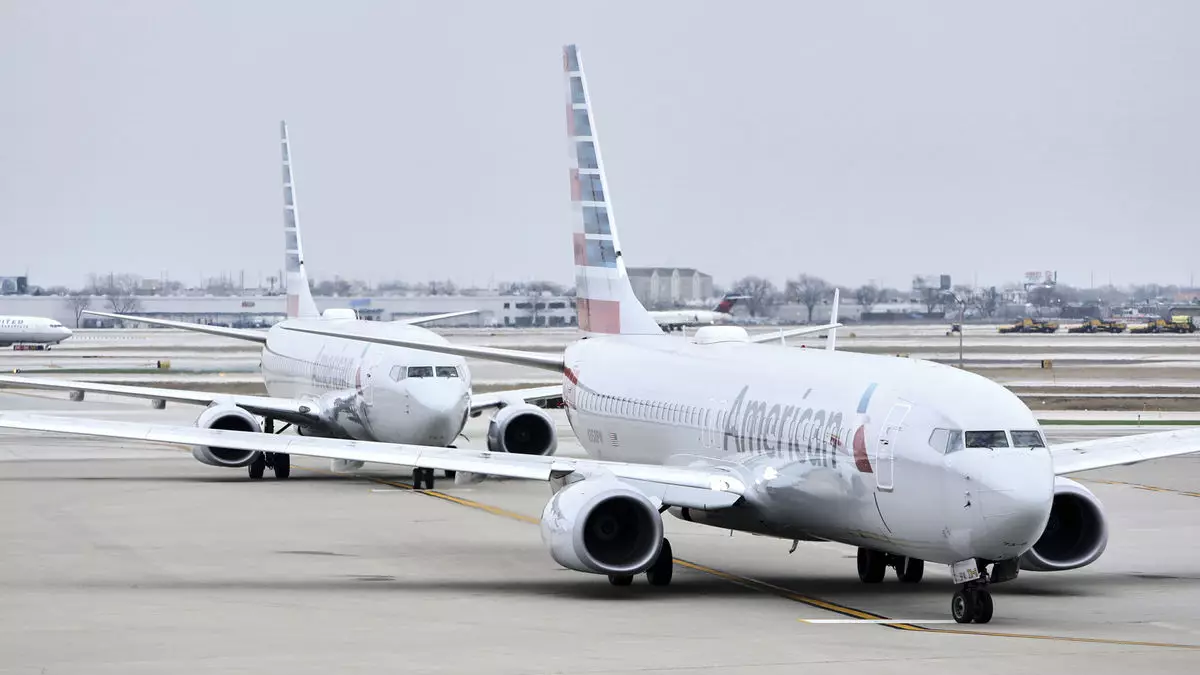American Airlines is diving into the evolving landscape of inflight connectivity with a planned trial of complimentary WiFi services. Slated to begin next week, this initiative will focus on three select routes: Charlotte-Raleigh Durham, Charlotte-Jacksonville, and Miami-Chicago O’Hare. Unlike blanket deployments seen with other airlines, this limited test will assess various factors, including customer engagement and satisfaction, amidst a competitive aviation industry increasingly leaning towards providing free internet access at 30,000 feet.
Details of the Trial and Its Objectives
This pilot program aims to unravel several critical metrics, according to Heather Garboden, the airline’s chief customer officer. The trial will not be confined to one direction of travel, allowing for a comprehensive study of user experience in both outbound and return flights on these routes. The specifics of how long this trial will be in place have not been disclosed, which raises questions about the airline’s commitment to understanding the long-term feasibility of free WiFi. The objectives are multifaceted: understanding customer demand, assessing the capabilities of the WiFi provider, and evaluating overall aircraft capacity in delivering such services.
The Context of Inflight Connectivity
Currently, American Airlines provides options for limited free WiFi by offering 20 minutes of ad-sponsored access on mainline flights. Additionally, T-Mobile customers with qualifying plans can access WiFi without cost. However, these offerings fall short when placed alongside the strategies implemented by competitors such as Delta Airlines, which has made notable advancements in rolling out free WiFi for its SkyMiles members. As a result, American Airlines may appear to be playing catch-up in a market segment that increasingly prioritizes passenger connectivity.
Garboden emphasizes the importance of this WiFi test in facilitating customer satisfaction, a critical component in retaining loyal clientele. In the fiercely competitive airline industry, where numerous carriers are vying for the same customer base, the ability to provide desirable amenities such as free inflight internet can have significant implications on one’s market position. American Airlines must not only assess the trial’s direct outcomes but also position itself strategically against rivals who have already established robust connectivity services.
While this initiative represents an important development in American Airlines’ operations, it is crucial to approach it with a critical lens. The limited scope of the trial suggests a hesitant approach to embracing free WiFi in a more widespread manner. With major competitors already well on their way to offering comprehensive connectivity solutions, American Airlines risks falling behind unless it can leverage the trial to quickly implement full-scale solutions informed by this limited testing phase. As such, this small leap may mark a larger strategy in addressing customer needs, but whether it will lead to substantial change remains to be seen.
American Airlines’ tentative move towards offering free WiFi underscores a necessary shift in an era where connectivity is increasingly viewed as a standard service rather than a luxury. The results of this test will be pivotal not only for the airline’s internal strategy but also for how it perceives its place amongst industry leaders. As passenger expectations evolve, so too must the offerings of the airline, and whether this trial proves successful or not will be instrumental in determining future policies.


Leave a Reply